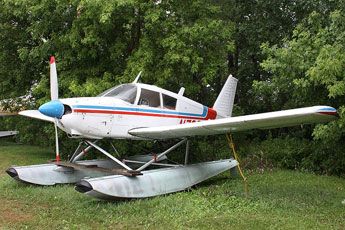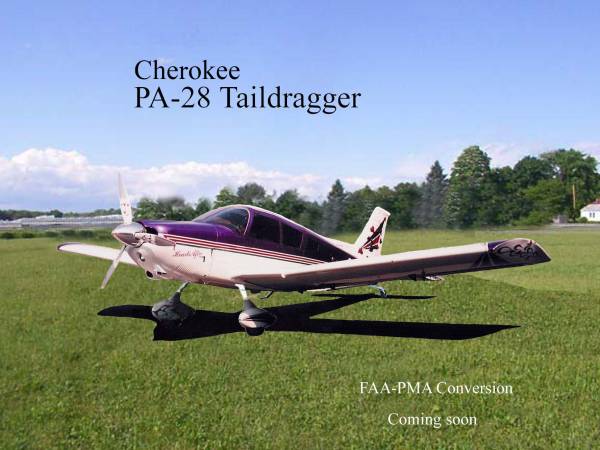This sort of argument starts every time there’s a non-Mountain trained pilot asking this question. Some of us take the conservative route and say, “We’d really rather see you grab a class first or at least a CFI who’s been there, done that...” and others say “Go for it!”... and everything in between.
The reality of the valley behind KCOS is that it’s relatively easy to get into and nice to look around in, but there’s no good route that isn’t an hour out of the way in a Warrior to get out of it into KCOS. You can make a big loop from Denver to almost Pueblo and then backtrack, is about it. The canyon down Highway 24 isn’t a great option.
And as we’ve said, that area is a bunch of Nothingburger for civilization. There’s a couple of ranches and a scattering of houses, and little cell coverage, and no place good to land.
I’ll fly through there but I know the risk I’m taking. And usually to go to PUB, not COS.
So my answer was pragmatic. If someone wants to wander back up in there and look around on a perfect day, nobody can stop them. There’s just not a great route to COS.
FSDO stopped putting out official pubs about how to fly up there a long time ago. Wish they still published stuff like that. Sparky Imeson wrote a great book about it, many of us met or knew him, and doing this stuff killed him in Idaho after he moved there from here.
I like people too much to recommend anyone I don’t know go wandering up there without training. I’m not fond of hearing we pulled out more people in body bags. So, I start with, “I’d rather you get some training.”
There’s nothing particularly hard about the flying, it’s about poor aircraft performance and how to approach that (stuff like “don’t fly directly at ridge lines, and never up canyons, only down...” as well as how to escape the consequences of it (max performance slow turns with flaps, usually nose down to maintain airspeed, etc).
If you respect the mountains and know how to fly them, you *should* be okay, but like Clark said, better mountain pilots are no longer with us, and we all miss them. Lots of untrained folks also manage to fly in them every year, too.
It’s like anything else that adds risk to flying. Choose wisely. None of us wants to make it seem like it’s all rosy and rainbows.
The quintessential crash and training video is the Bird Dog video. L-19 is a plenty capable airplane for this flight, day was perfect but a bit warm, and the pilot only made a couple of mistakes, but they were fatal. To the untrained eye, the flight looks normal. To the trained eye, we see him making some errors in judgement on where to place the aircraft. He gets away with it until the last few seconds of the video.
As the video captioning points out, the aircraft and deceased occupants (his grandson was the passenger he yells at to hang on) were not found for nearly three years. The video camera was shattered and the tape was strung all over the crash site, and it was painstakingly collected and restored to bring everyone the video. The family was gracious about releasing it as a training aid long before the Internet.
Perfect day, no wind, no weather, very capable aircraft, couple of easy to avoid mistakes, dual fatality.


